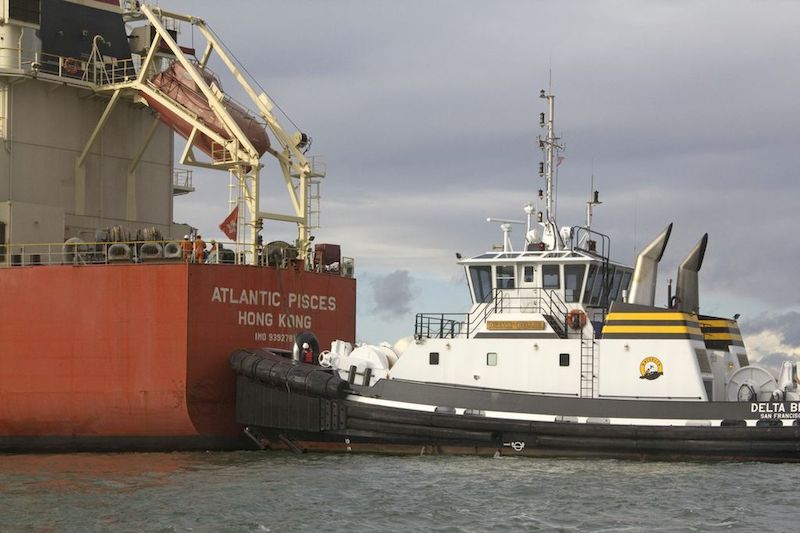The description of the bolo and its use that I provided in previous blogs has two primary purposes. One is to inform the large number of North American mariners of the bolo’s very existence.
Most mariners today, even many of the self-described “old salts,” have never heard of a bolo, used one, or seen one used. As time passes and new generations of mariners take over, we risk losing valuable tools, techniques and knowledge that can be extremely beneficial but very difficult to retrieve once gone.
It would be a shame for it to disappear due to what amounts to cultural neglect of our own profession.
Like many other specialized tools, the bolo isn’t needed most of the time, but requires time and practice to develop the skills necessary to use it effectively and safely. Experience is also needed to know when to use it or not, which is just another part of the broad discipline of professional seamanship. But when you really need one, there is no substitute for the bolo’s reliability and effectiveness.
Yes, over many years equipment has been damaged and people injured through its misuse just like every other effective tool that has ever been created.
By the time a tool or technique has become totally benign it most likely has also become equally ineffective. There is always risk attached. Surging a line is also inherently dangerous, but not nearly as dangerous as a full crew of mariners that don’t have a clue as to how to do it properly. Developing sound judgment and knowledge of how to manage the risks and dangers is far more important than blindly attempting to avoid anything that has the slightest hint of risk altogether.
Taking into account the above, it’s important more than ever for experienced mariners with knowledge and skills to pass on not take its continuation for granted.
Traditional skills, techniques and ways (adapted as needed to new and emerging technologies and processes) need to be taught and passed on to those coming up the ranks.




